
Mastering the Flambient Method in Real Estate Photography
Introduction
In real estate photography, lighting can make or break a listing. A room that looks spacious and inviting in person may appear cramped or colorless when poorly photographed. This lighting dilemma is one of the biggest challenges professionals face. That’s where the Flambient Method comes into play.
The Flambient Method—an innovative blend of flash and ambient exposures—has become the gold standard for achieving natural-looking, color-accurate images in property photography. It balances the scene beautifully, avoiding the harshness of direct flash and the dullness of ambient-only light. This blog explores everything you need to know to master the Flambient Method—from gear and setup to shooting workflow and editing tips—with real-world data to support its benefits.
What is the Flambient Method in Real Estate Photography
The Flambient Method is a lighting technique used in real estate photography that involves capturing at least two exposures: one using natural ambient light and another using off-camera flash. These exposures are blended during post-processing to combine the best of both lighting sources—preserving the softness and natural tones of ambient light, while introducing the clarity, color accuracy, and brightness that flash provides.
Unlike HDR techniques, which rely on bracketing multiple ambient exposures, the Flambient Method gives photographers far greater control over how lighting interacts with a space. HDR can often introduce noise, unnatural gradients, and over-saturated colors. The Flambient Method, on the other hand, provides cleaner shadows, better tonal transitions, and an image that more closely matches what the eye sees.
This method is particularly useful in rooms where window light overpowers interior lighting or where color casts from mixed lighting conditions affect the overall appearance. By leveraging both natural and artificial light sources, the Flambient Method enables photographers to correct these challenges in-camera and during editing.
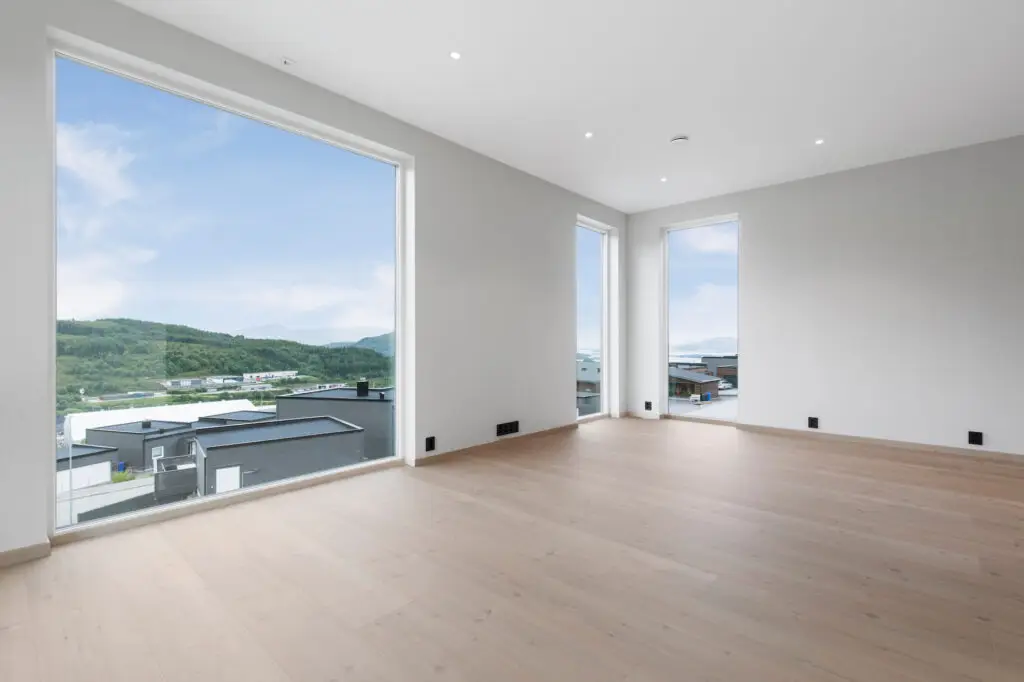
Why the Flambient Method Matters for Real Estate Listings
The quality of real estate photos has a measurable impact on how quickly a home sells and for how much. According to the National Association of Realtors, 99% of millennial homebuyers search online, and photos are the most useful feature when deciding to visit a property. This makes high-quality imagery not just desirable—but essential.
Using the Flambient Method, photographers can deliver images that are sharp, evenly lit, and emotionally engaging. A study by Redfin found that homes listed with professional photos sell 32% faster and for up to $11,200 more than homes with standard photos. What gives the Flambient Method an edge is its ability to present rooms exactly as they feel in real life—without overexposure near windows or underexposure in corners.
Buyers looking at online listings often make snap judgments. According to research from VHT Studios, homes with professional images receive 118% more online views. The Flambient Method helps ensure that every photo delivers maximum visual impact, enhancing a property’s perceived value and drawing more buyer interest.

Before: Empty Room

After: Virtual Staging by Digihomestudio.com
Essential Gear for the Flambient Method in Real Estate Photography
To achieve professional results using the Flambient Method, having the right gear is critical. Here’s a detailed breakdown of the tools you’ll need:
- Camera with Manual Controls: A full-frame DSLR or mirrorless camera allows for maximum control over exposure and white balance. Cameras with bracketing and flash sync support make the process smoother.
- Wide-Angle Lens: A lens between 14–24mm (on a full-frame sensor) or 10–18mm (for crop sensors) is ideal. It enables photographers to capture entire rooms without distortion, which is key in real estate.
- Sturdy Tripod: A solid tripod ensures that all exposures align perfectly. Even slight movement between shots can cause issues during blending, especially at high resolutions.
- Off-Camera Flash: A speedlight or portable strobe is essential for illuminating shadowy areas. Bouncing flash off a ceiling or wall creates soft, natural light that enhances interior details.
- Remote Flash Trigger: This allows you to fire the flash without physically touching the camera, preventing motion blur and enabling creative flash placement.
- Color Balancing Tools: Use a grey card or color checker for consistent white balance across ambient and flash exposures. This simplifies editing and improves color accuracy.
Optional gear includes light stands, diffusers, and radio triggers for multi-flash setups. Over time, as photographers refine their workflow, these tools can help optimize control and efficiency.

Step-by-Step Process of Shooting the Flambient Method for Real Estate
Mastering the Flambient Method requires careful planning and execution on site. Here’s a more detailed breakdown of the process:
Step One: Capture the Ambient Exposure
Start by photographing the room using only available natural light. Set your exposure for the midtones—typically the walls or furniture. This exposure will provide the atmosphere and natural light gradient of the scene.
Step Two: Capture the Flash Exposure
Keep your camera on the tripod, then introduce off-camera flash. Aim the flash at a neutral surface like a white ceiling or wall to produce soft, diffused light. Adjust flash power until the scene is evenly lit, but avoid overexposing reflective surfaces or flattening natural shadows.
Step Three: Optional Window Pull Exposure
In rooms with large windows or dramatic views, a separate exposure is often necessary to properly expose the exterior scene. Use a higher shutter speed or reduced ISO to darken the window area, and optionally add flash to balance interior and exterior light levels.
Photographers may also take additional exposures to fine-tune shadows or highlight specific areas like fireplaces, cabinetry, or artwork. The key is consistency—use manual settings and fixed framing throughout the session.
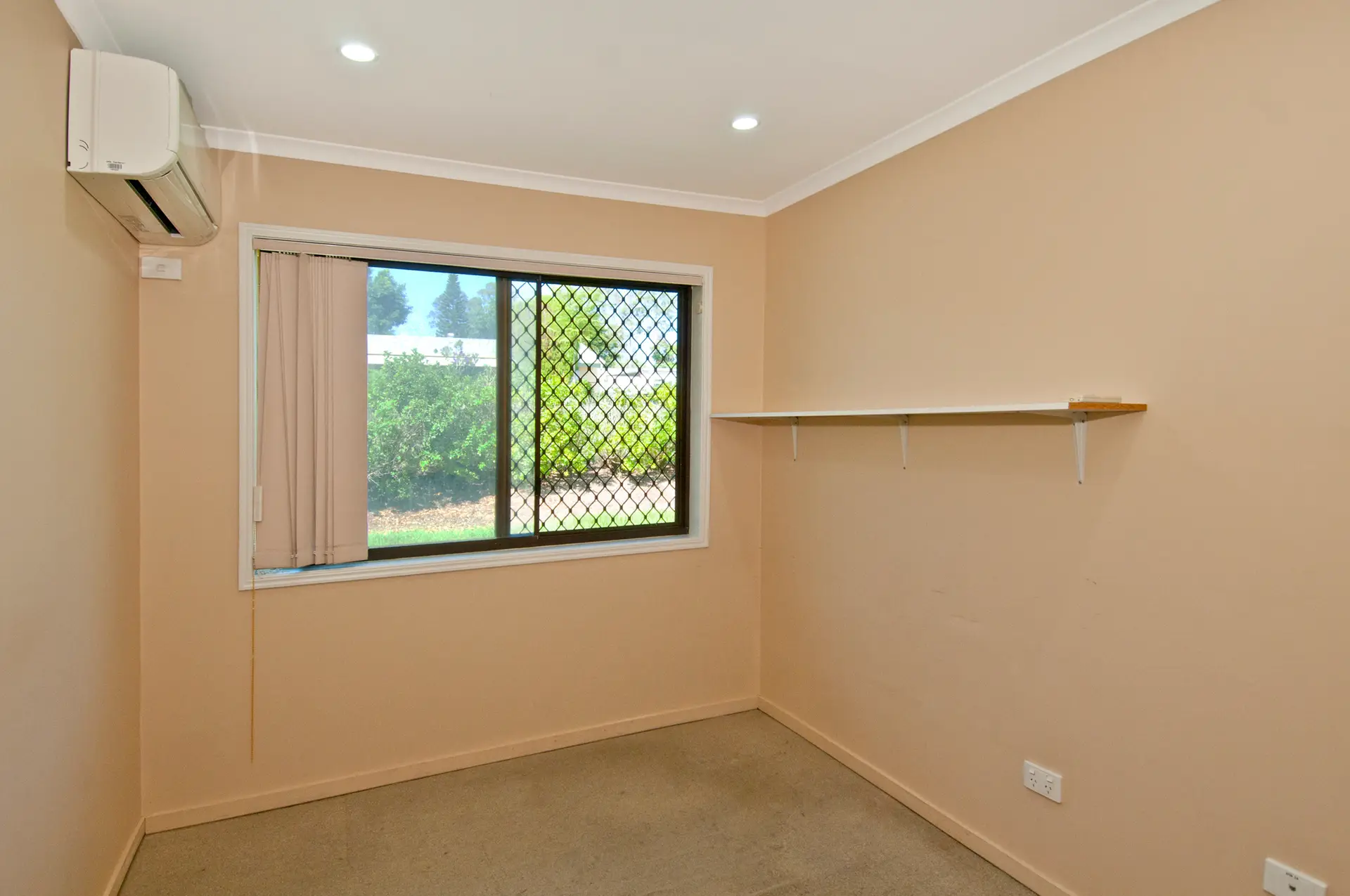
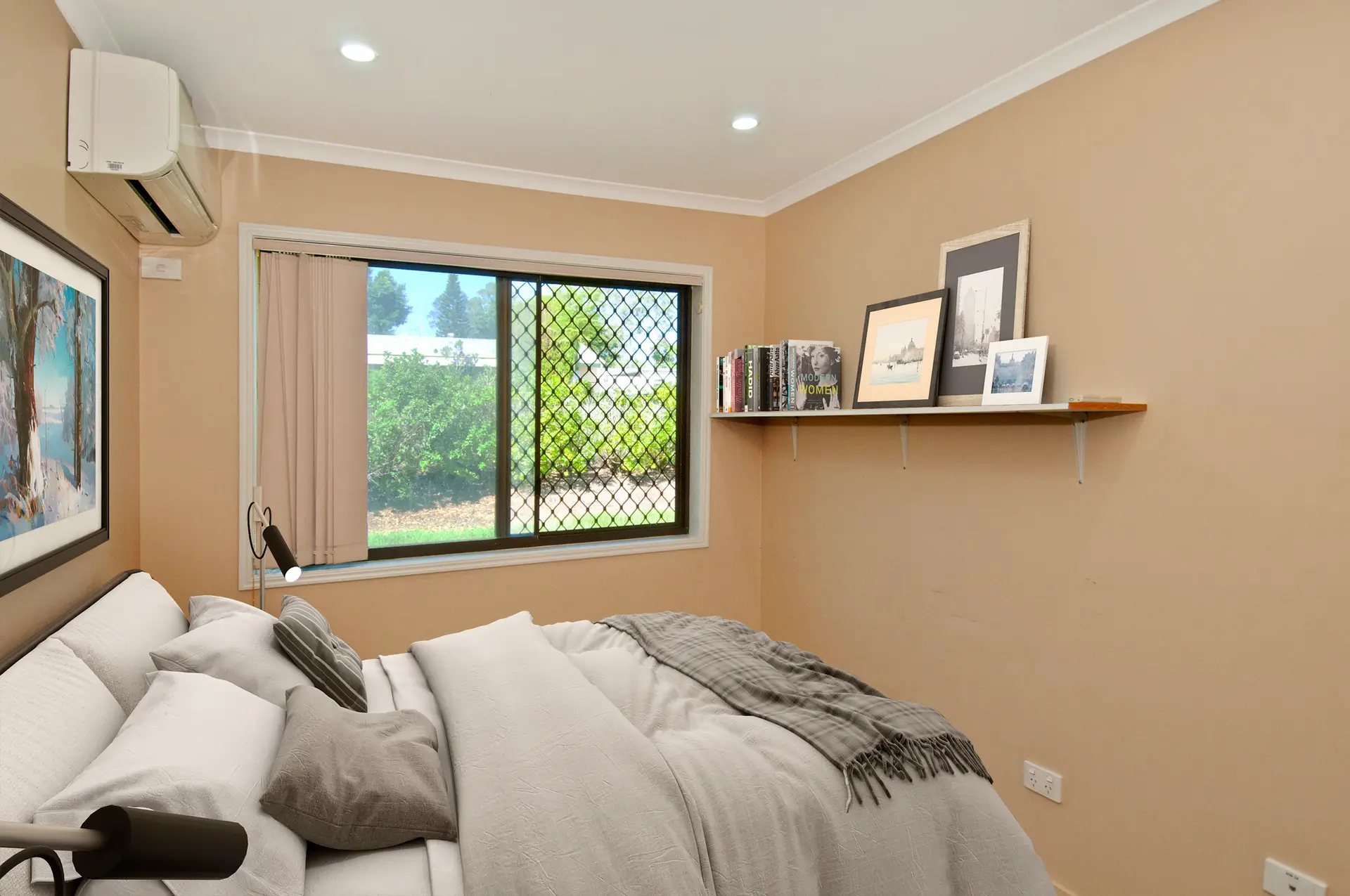
Editing Workflow for the Flambient Method in Real Estate Photography
Post-processing is where the real magic of the Flambient Method happens. By carefully blending exposures in Photoshop or similar editing software, you can create images that appear naturally lit and free of color issues.
Step One: Prepare and Stack Images
Import your RAW files and synchronize exposure corrections. Align the images in Photoshop as layers—ambient at the base, flash on top. If needed, auto-align to ensure precise pixel-level stacking.
Step Two: Blend Flash and Ambient
Use layer masks to selectively reveal or hide portions of the flash image. The goal is to maintain natural shadows and ambient feel while eliminating color casts and dark corners. Paint with a soft brush to gradually transition between layers.
Step Three: Add the Window Pull
If you’ve shot a separate window exposure, mask it in using a low-opacity brush or luminosity masking. Be careful not to make the view too sharp or bright—it should feel like a natural extension of the room.
Step Four: Final Adjustments
Correct white balance, enhance contrast, reduce noise in the ambient layer, and apply local adjustments to make features stand out. Export in high resolution and deliver in both web-optimized and print formats.
This editing process may take 10–20 minutes per photo early on, but with experience and tools like Photoshop actions or batch processing, the workflow can be streamlined significantly.

Before: Empty Room

Virtual Staging by Digihomestudio.com
Common Mistakes to Avoid When Using the Flambient Method
The Flambient Method offers amazing results, but there are pitfalls to be aware of. Some of the most common mistakes include:
- Overexposing Flash Frames: Too much flash can flatten textures and produce unnatural shadows. Dial down flash power and bounce carefully.
- Mismatched White Balance: If your flash is cooler than ambient light (or vice versa), colors may look inconsistent. Use color gels or post-correct using temperature sliders.
- Misaligned Exposures: Even slight movement can cause ghosting during editing. Always double-check that your tripod is locked and solid.
- Excessive HDR Look: One of the Flambient Method’s strengths is subtlety. Avoid making the final image look overly processed. Preserve soft gradients and shadow detail.
Avoiding these missteps helps maintain a consistent, professional portfolio that clients will trust and admire.
Pro Tips for Efficient Flambient Method Shooting
To use the Flambient Method effectively in real-world situations, consider these professional techniques:
- Shoot with a Standardized Workflow: Use the same order—ambient, flash, window—so you don’t confuse files later.
- Use Flash Exposure Lock: If your flash power varies, take a test shot and lock settings to maintain consistent lighting.
- Bracket Ambient Exposures: Even if not all are used, they offer editing flexibility—especially in high-contrast spaces.
- Label Files Clearly: Include room names and exposure type (e.g., Kitchen_Ambient, Kitchen_Flash) to speed up your editing phase.
- Practice Non-Destructive Editing: Use layer masks instead of erasing elements to allow easy revisions.
These habits not only increase your speed but also reduce editing fatigue, letting you deliver consistent quality across every shoot.
Suggestions for Virtual Staging & Professional Photo Editing Services
If you are looking for a professional virtual staging service at an affordable price, Digihomestudio.com is a worthy place for you to trust and accompany. You can expect to invest around $29 for a meticulously designed and lifelike final image, suitable for showcasing your home across various digital platforms.
We have a network of world-class virtual stage editors and designers in Vietnam. To ensure the best level of service, the customer service team is located in the US.
Our virtual home staging services include:
- Staging for empty or furnished rooms
- 2D and 3D floor plans
- Change the color of the walls and floors
- Virtual renovation
- Erase furniture and small objects
- And much more!
If you’re prepared to elevate your real estate marketing strategies, reach out to Digihomestudio.com now and experience the benefits of collaborating with one of the top virtual staging firms available today.
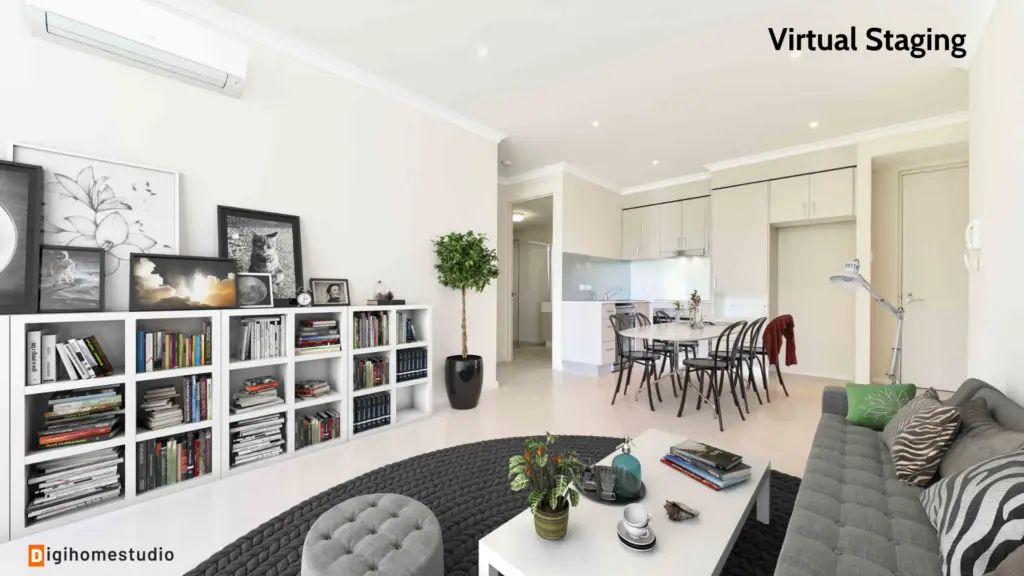
Final Thoughts on Using the Flambient Method in Real Estate Photography
The Flambient Method stands at the intersection of art and technical precision. Its ability to blend realism with clarity makes it one of the most effective techniques in the real estate photography toolkit. With online listings becoming increasingly visual and competitive, using this method can mean the difference between a scroll-by and a scheduled showing.
Real estate professionals want images that reflect the true beauty of a space, without distortion or unnatural lighting. When done correctly, the Flambient Method achieves that goal—making rooms feel warm, welcoming, and genuine.
If you’re just beginning with this method, expect a learning curve. But the payoff in image quality, client satisfaction, and long-term reputation is worth the investment. As the market shifts toward higher visual standards, mastering the Flambient Method is not just a trend—it’s a future-proof skill.


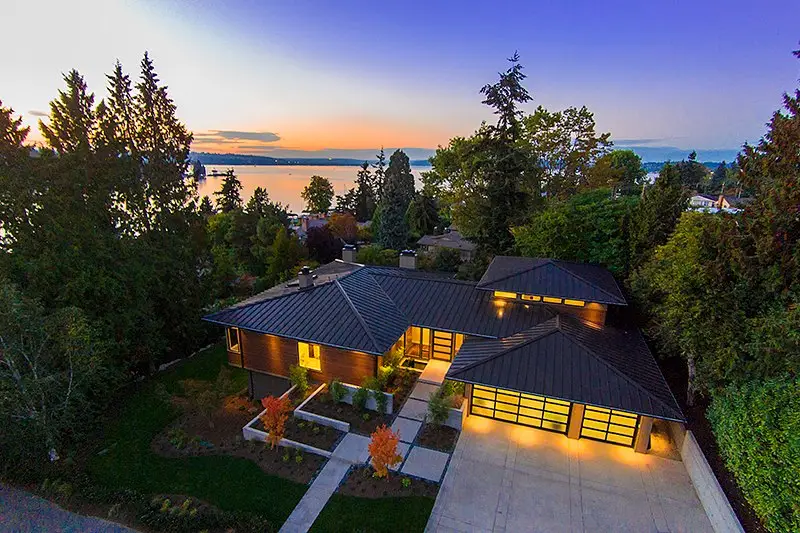


Leave a Reply